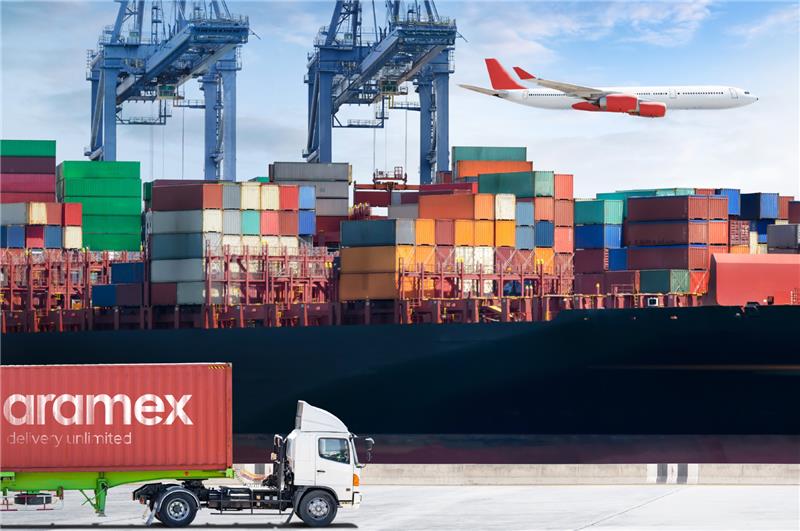The impact of South Africa’s trade deficit goes beyond numbers; it affects businesses trying to survive in a shrinking export market. As the country deals with this issue, companies must focus on local market stability, diversify their operations, and use their networks and resources wisely. This article explains how South Africa’s trade deficit affects businesses and offers strategies for success in these challenging times.
Understanding the Trade Deficit
A trade deficit happens when a country imports more goods than it exports. This creates a financial imbalance and shows deeper problems in the economy. The trade deficit can disrupt local market stability, leading to inflation, changes in currency value, and slower economic growth.
To manage a trade deficit, businesses must adopt flexible strategies to protect themselves from risks like currency changes and rising import costs. This means creating strong logistics systems for supply chain managers to handle unexpected challenges while keeping operations efficient.
Leveraging Networks and Resources
In a tight export market, businesses must use their networks and resources effectively to grow. This includes forming strategic partnerships, improving supply chain flexibility, and optimising logistics to match global standards.
Strategic Partnerships
Working with an experienced logistics partner is essential. These partnerships help businesses reach new markets, improve distribution processes, and stay competitive. A knowledgeable logistics partner can also guide businesses in diversifying their strategies and entering emerging markets.
Supply Chain Optimisation
Supply chain managers should continually enhance logistics to boost efficiency and cut costs. This can include using different transportation methods, adopting technology for real-time tracking, and implementing innovations like blockchain for better transparency. These strategies help businesses respond quickly to market changes and stay competitive.
Diversification
Diversification is crucial for businesses to reduce risks tied to South Africa’s trade deficit. This means expanding product lines, exploring new markets, and investing in technology to improve operations.
Expanding Product Lines
Businesses must innovate and expand their products to meet changing consumer demands and explore niche markets. This requires staying aware of market trends and being ready to adapt quickly.
Geographic Expansion
Searching for new markets can ease the challenges of a shrinking local market. Businesses should consider entering untapped areas by evaluating market demand, regulations, and logistics.
Investing in Technology
Investing in technology is vital for improving operations and efficiency. Advanced analytics, automation, and artificial intelligence can help streamline processes, lower costs, and enhance decision-making.
Navigating Export Strategies
Creating effective export strategies is critical for businesses in a challenging economic climate. This includes analysing international markets, understanding regulations, and building a solid logistics system for cross-border operations.
Market Analysis and Compliance
Comprehensive market research helps identify export opportunities and assess competition. Businesses must also learn to navigate international trade rules to ensure they meet standards in target markets.
Strong Logistics Network
A strong logistics network is essential for successful export strategies. Businesses should invest in transportation, warehousing, and distribution systems to support smooth cross-border operations. Adding technology to logistics improves visibility and control, allowing enterprises to optimise routes, manage inventory, and reduce delivery times.
Conclusion
South Africa’s trade deficit significantly impacts businesses, requiring them to take a strategic approach to grow in a tough export market. By effectively using networks and resources, companies can thrive despite the challenges.




